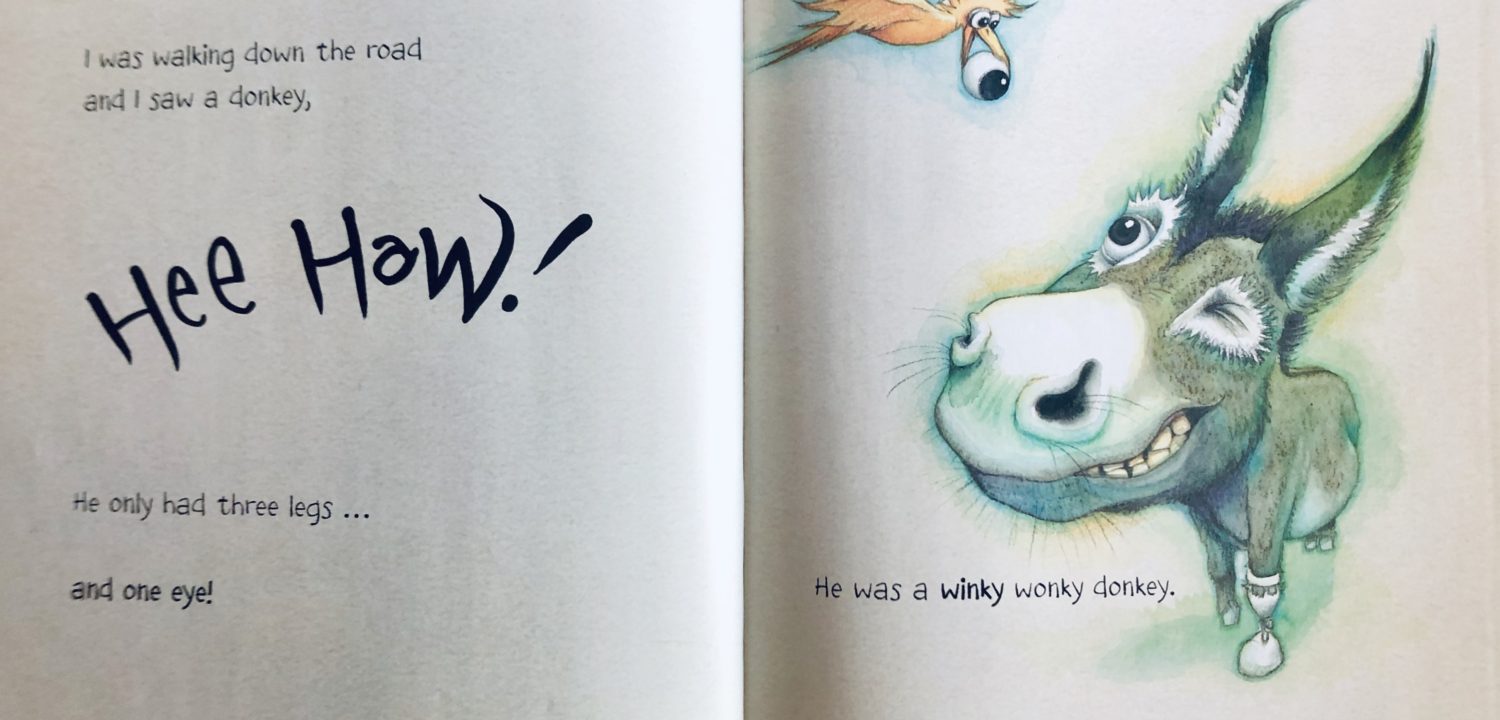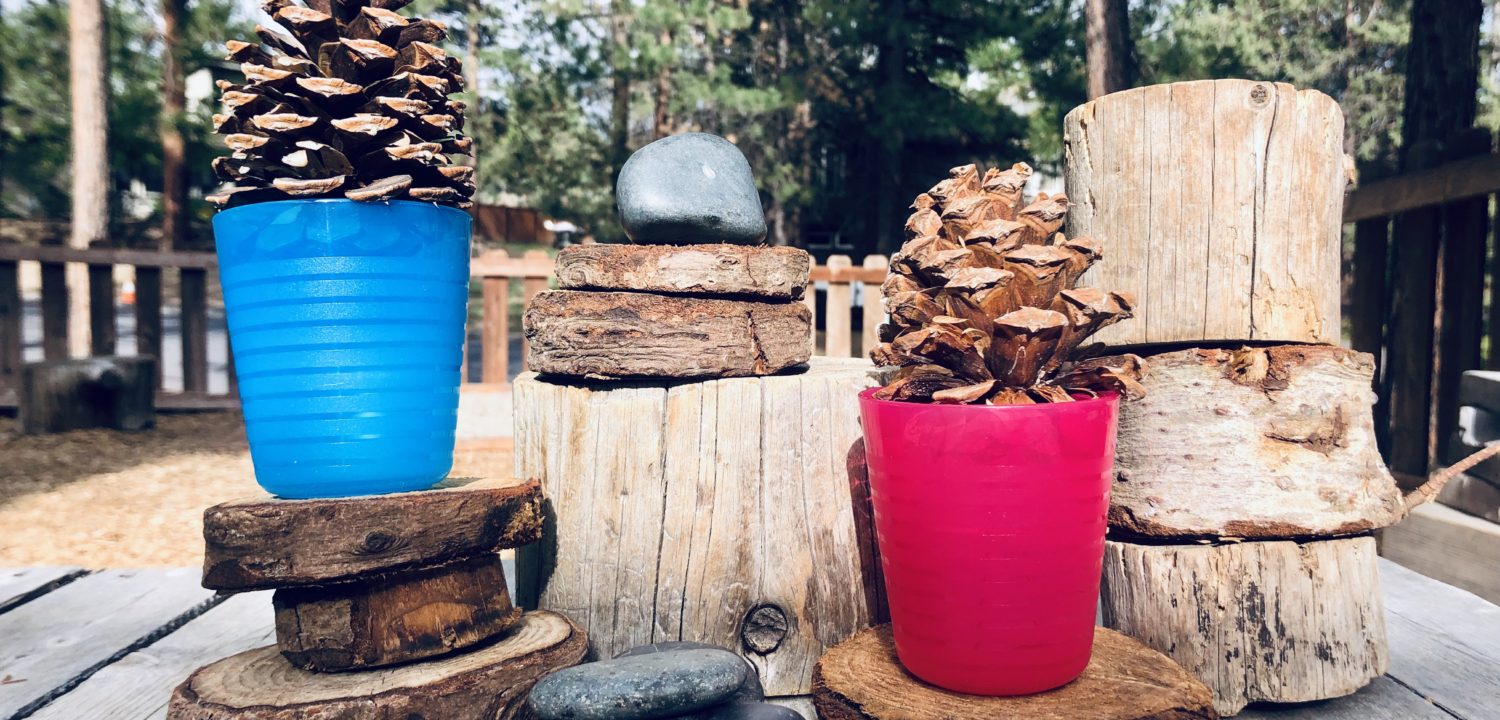Featuring special guest blogger: Stefany Cunningham, B.S. (Areas of study include kinesiology, early childhood development & education, and psychology)
During the world’s current public health crisis, in addition to their everyday responsibilities, families are being advised to homeschool their children. This can feel overwhelming living in a culture where parents and their children often feel pressure to participate in rigorous academics along with an insurmountable amount of extracurricular activities in order to “keep up” in our highly competitive society.
In the book, Einstein Never Used Flashcards, authors Kathy Hirsh-Pasek, PH.D., Roberta Michinkick Golinkoff, PH.D., and Diane Eyer, PH.D. (2003), assert,
“We are told that faster is better, that we must push learning along at a rapid pace. We are told that we must make every minute of our children’s lives count, that our children are like empty rooms to be filled by the adults who serve as the interior designers of their lives. These assumptions about children and how they learn are at complete odds with the messages coming from the halls of academe, where child development experts have researched how children grow and learn” (p. xiii).
To help alleviate the pressure and misinformation on child education in our culture, and to promote developmentally appropriate practice, we’re here to help!
These developmentally appropriate activities that families can implement at home require little materials and will encourage creative, contextual, and valuable learning experiences. We hope that these activities will foster a love for learning among your young children (and you!), and support your family in taking time to grow in our hurried world. Our first activity is included below! We look forward to learning and exploring with you and your family!
Exploring Math Concepts with Rocks

Collecting rocks in your backyard will not only get you and your family outside, but it is a simple and meaningful way for young children to explore critical math concepts. Providing your child with the freedom to explore and collect their own materials is an effective way to foster deep learning. Your child will be excited to share with you what they collected and will want to explore their physical properties with you!
One-to-one Correspondence
Counting the number of rocks you and your children have collected helps children develop an understanding of one-to-one correspondence, which is defined as, “assigning one, and only one, number to each item in a set of objects” (Dodge, Colker, & Heroman, 2002, p. 135). If you find your child is counting some rocks more than once, offer to point to each rock as your child counts out loud.
Sorting and Comparisons
Asking your child questions such as, “Which rock do you think is the biggest/smallest?”, or “How many smooth/rough rocks do we have – Are there more smooth rocks or rough rocks?”, helps children sort objects and make comparisons which will later support children in recognizing patterns and relationships (Dodge et al., 2002, p. 135).
Patterns and Relationships

Encouraging your child to make a simple pattern with the rocks you collected will help foster pattern recognition and relationships among objects, which are not only critical math concepts, but will also be useful in literacy and science (Dodge et al., p. 136).
Tip: Making patterns with your vocal tone while saying the pattern out loud can be a helpful tool when guiding your children to discover which object comes next in the pattern.
Data Collection, Organization, and Representation

Children love seeing their discoveries documented on paper! Counting, sorting, comparing, and pattern recognition are all the beginning steps of data collection. Graphing is an effective way to collect data and it helps children recognize relationships in a simple and organized way. Additionally, as an added bonus, it fosters a meaningful relationship with literacy as well (Dodge et al, p. 136)!
Sometimes the simplest activities can provide our children with the biggest opportunities for growth. We hope this activity is an enjoyable break from being indoors! Please subscribe to Pine Nuts: Musings on Early and Higher Learning and join Aspen Academy Preschool on social media (Facebook and Instagram) for more activity ideas!
References
Dodge, D. T., Colker, L. J., & Heroman, C. (2002). The creative curriculum for preschool (4th ed.). Teaching Strategies.
Hirsh-Pasek, K., Golinkoff-Michnick, R., Eyer, D. (2003). Einstein never used flashcards. Holtzbrinck Publishers.
















